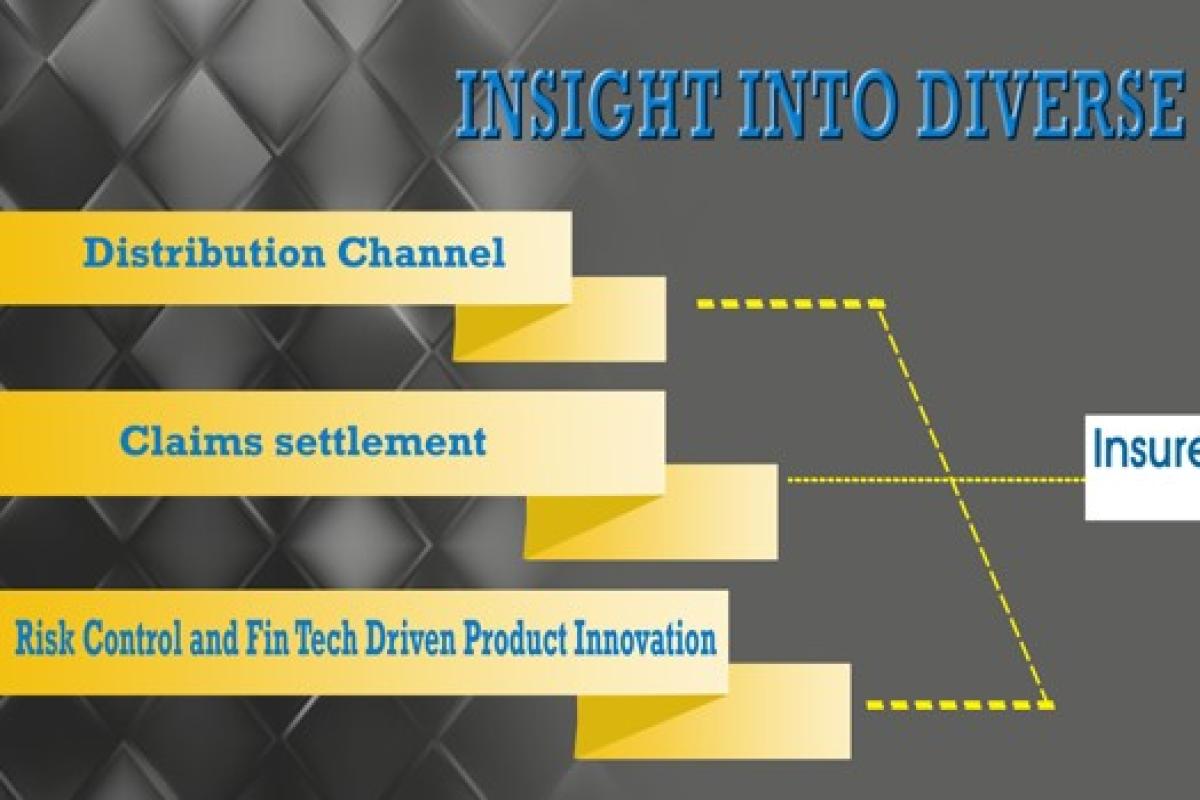The global reinsurance landscape is changing rapidly. Data analytics, artificial intelligence, and advanced modelling are transforming how risks are priced and how capital is allocated. For Ghana, where the insurance sector is growing but still developing its data infrastructure, these shifts are beginning to influence how premiums are determined — both for primary insurers and for the reinsurance treaties that protect them.
What Data-Driven Pricing Really Means
Traditionally, reinsurers relied heavily on actuarial tables, loss ratios, and expert judgment. Pricing was based largely on past experience and broad risk categories.
Today, “data-driven” pricing uses a far deeper and broader foundation. Reinsurers now combine historical claims data with satellite imagery, telematics, socio-economic indicators, and even climate models. Using statistical and machine-learning techniques, they can estimate expected losses and capital requirements with greater precision.
The result is a shift from traditional, experience-based pricing to predictive, evidence-based pricing — one that rewards accurate data and penalizes uncertainty.
How Models Are Changing Premiums
- Finer Risk Segmentation
Modern models break risk down to the smallest measurable unit. For example, instead of pricing all private vehicles under a single class, insurers can use telematics data to price based on driving behavior, routes, and time of day. For property risks, models consider building materials, location elevation, and exposure to flood plains.
The outcome: safer drivers or lower-risk properties may benefit from reduced premiums, while higher-risk exposures face higher costs. - Real-Time and Usage-Based Pricing
Usage-based insurance (UBI) allows premiums to reflect actual exposure, rather than fixed annual estimates. With telematics, insurers can monitor driving habits and dynamically adjust premiums. This trend is already emerging in parts of Ghana’s motor insurance market through pilot telematics programs. - Improved Catastrophe and Accumulation Modelling
Reinsurers now rely on catastrophe models that simulate floods, windstorms, and other natural disasters using geospatial data. These tools help estimate potential losses for specific regions, improving reinsurance pricing accuracy. In Ghana, where flood risk is rising in urban areas, such models help reinsurers adjust rates to match real exposures. - Growth of Parametric Reinsurance Solutions
Parametric reinsurance uses measurable triggers — such as rainfall levels or wind speeds — to determine payouts. These contracts depend entirely on data accuracy and model quality. As Ghana explores parametric insurance for agriculture and flood protection, reinsurers’ pricing models will play an even more important role. - Dynamic Portfolio Pricing for Reinsurers
Reinsurers increasingly assess not just the risk of one insurer, but how that insurer’s portfolio interacts with others. This means the same Ghanaian insurer might face different reinsurance pricing depending on its overall risk profile and diversification.
Implications for Ghana’s Market
Ghana’s insurance penetration remains low compared to global averages, but digital adoption and regulatory reforms are creating new opportunities. Many local insurers rely on overseas reinsurance capacity for large or complex risks. Because global reinsurers now use sophisticated data-driven pricing, Ghanaian insurers are directly affected — especially when renewing treaties or seeking capacity for catastrophe-prone lines.
At the same time, local innovation is growing. The rise of licensed insurtechs, improved data collection through mobile channels, and NIC’s push for better reporting standards are laying the foundation for local data-driven pricing. As the ecosystem matures, insurers that collect and use high-quality data will be in a stronger position to negotiate with reinsurers.
🌍 Need tailored insurance coverage?. Whether it is marine, motor, or property?. Get a free quote at Safeguard Insurance Brokers.
Who Gains — and Who Risks Falling Behind
Beneficiaries
- Low-risk clients: Safer drivers, well-maintained buildings, and diversified portfolios will see fairer, potentially lower premiums.
- Data-ready insurers: Companies that invest in analytics can demonstrate portfolio quality to reinsurers and secure better terms.
- Innovative consumers: Those open to new models, such as parametric or usage-based products, may enjoy faster claims and more personalized pricing.
At Risk
- Small insurers without data capability: Firms lacking reliable data may face higher reinsurance costs due to uncertainty.
- Concentrated portfolios: Those heavily exposed to one risk type or area could see premium increases as models reveal accumulation.
- Data privacy concerns: With growing use of personal and geospatial data, ensuring privacy and fairness is critical to maintain trust.
Regulatory and Industry Considerations
The National Insurance Commission (NIC) has been proactive in strengthening market conduct and governance. As data-driven pricing expands, new regulatory focus areas will include:
- Model governance and validation standards.
- Data privacy and consumer consent.
- Transparent disclosure of how data influences pricing.
- Fairness and avoidance of algorithmic bias.
Collaboration between regulators, reinsurers, and local insurers will be key. Establishing anonymized industry data pools could help smaller insurers benefit from advanced models while maintaining confidentiality.
Preparing for the Shift
Ghanaian insurers and brokers can take several practical steps now:
💼 Partner with InsureGhana to grow your insurance business. Learn More
- Invest in data infrastructure — even simple portfolio analytics or exposure mapping tools can improve reinsurance negotiations.
- Pilot telematics or parametric products — use small-scale tests to build internal capability and prove value.
- Partner with reinsurers and insurtechs — global reinsurers often provide data and modelling support; local tech partners can enhance data collection.
- Educate clients — explain how their behaviour or property characteristics affect premiums to build transparency and trust.
Conclusion: Smarter Pricing, Fairer Markets
Data-driven reinsurance pricing is reshaping how risk is measured and rewarded. While it won’t always make premiums cheaper, it makes them fairer — aligning price with real exposure. For Ghana, this transformation offers a chance to modernize risk management, strengthen local underwriting, and close long-standing protection gaps.
The winners will be those who embrace data, build partnerships, and ensure transparency. In a world where information defines value, the future of reinsurance pricing in Ghana will be written in data.
🟡 Need vehicle insurance? Compare quotes from top insurers. Contact us at. Safeguard Insurance Brokers
Disclaimer: "The views expressed on this site are those of the contributors or columnists, and do not necessarily reflect insureghana's position. insureghana.com will not be responsible or liable for any inaccurate or incorrect statements in the contributions or columns here."

Energy Desk
Expert insights and data-driven analysis from Ghana’s leading insurance knowledge hub.

